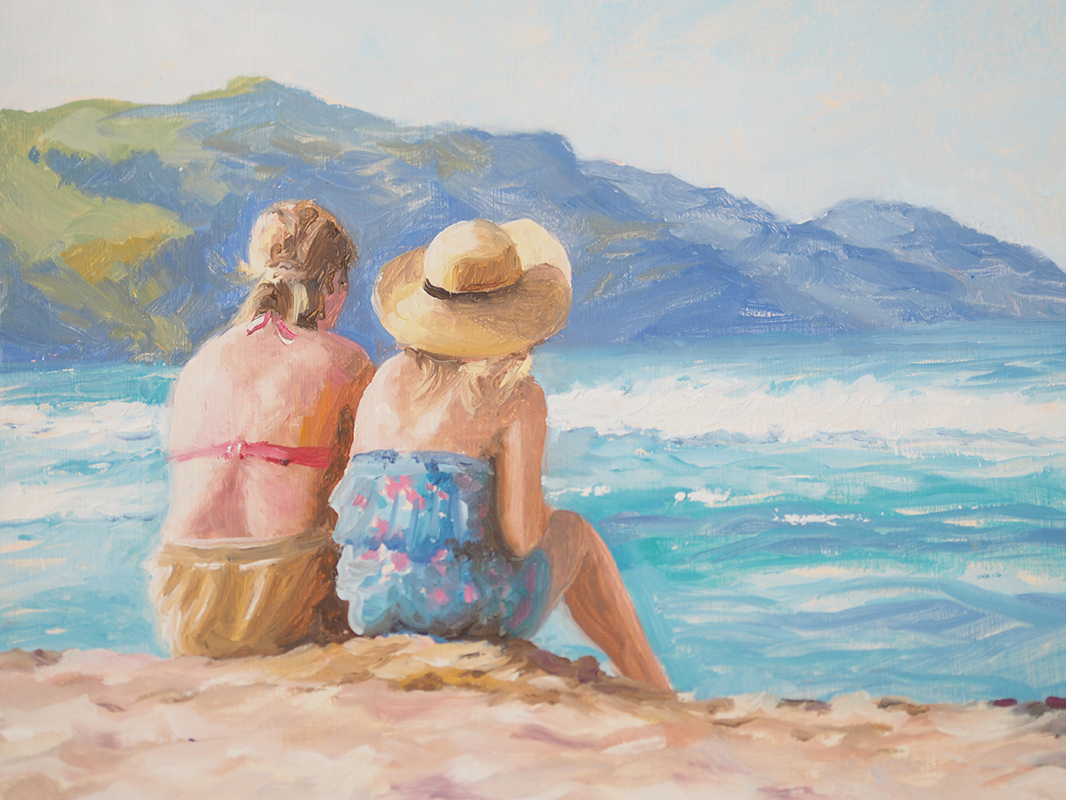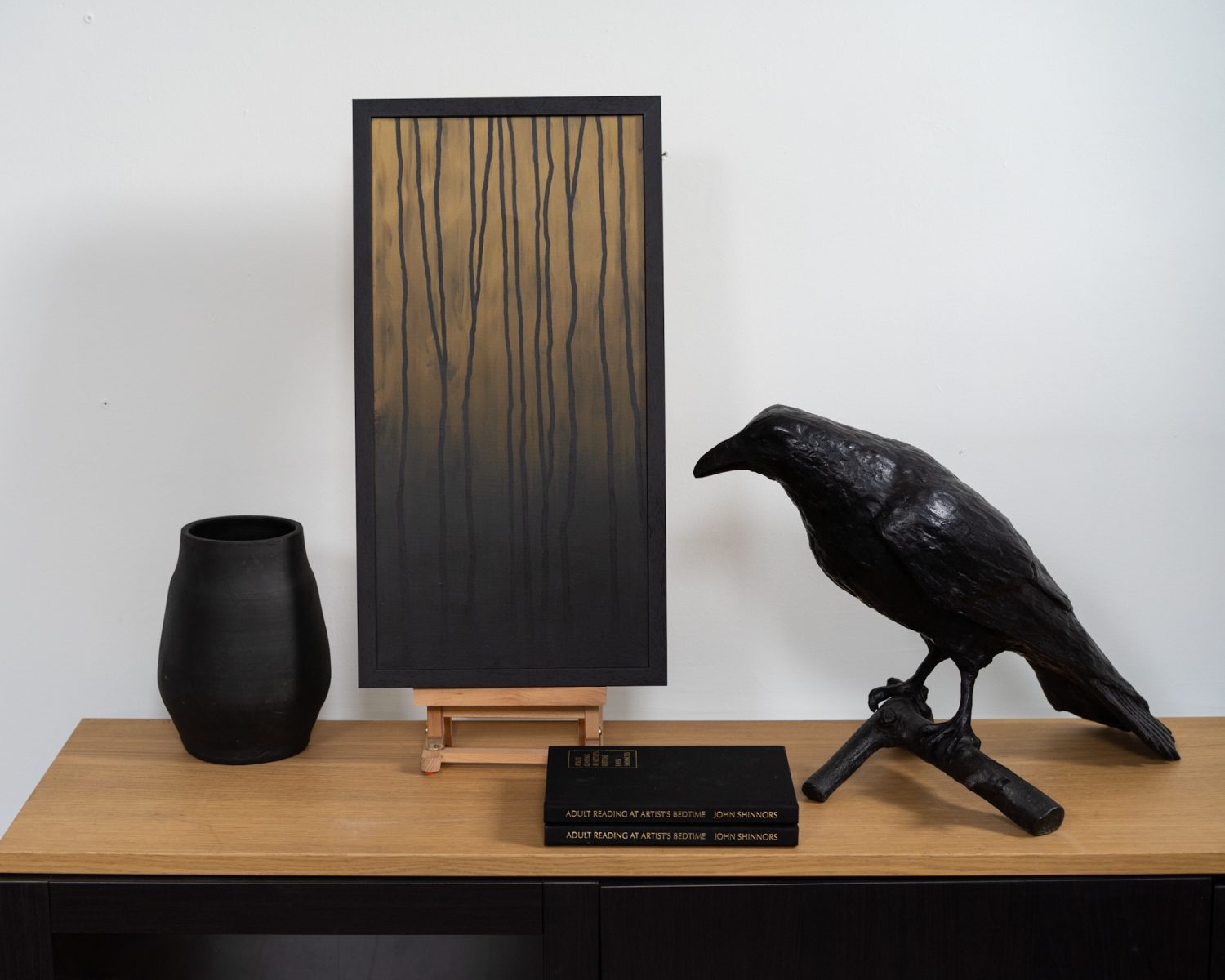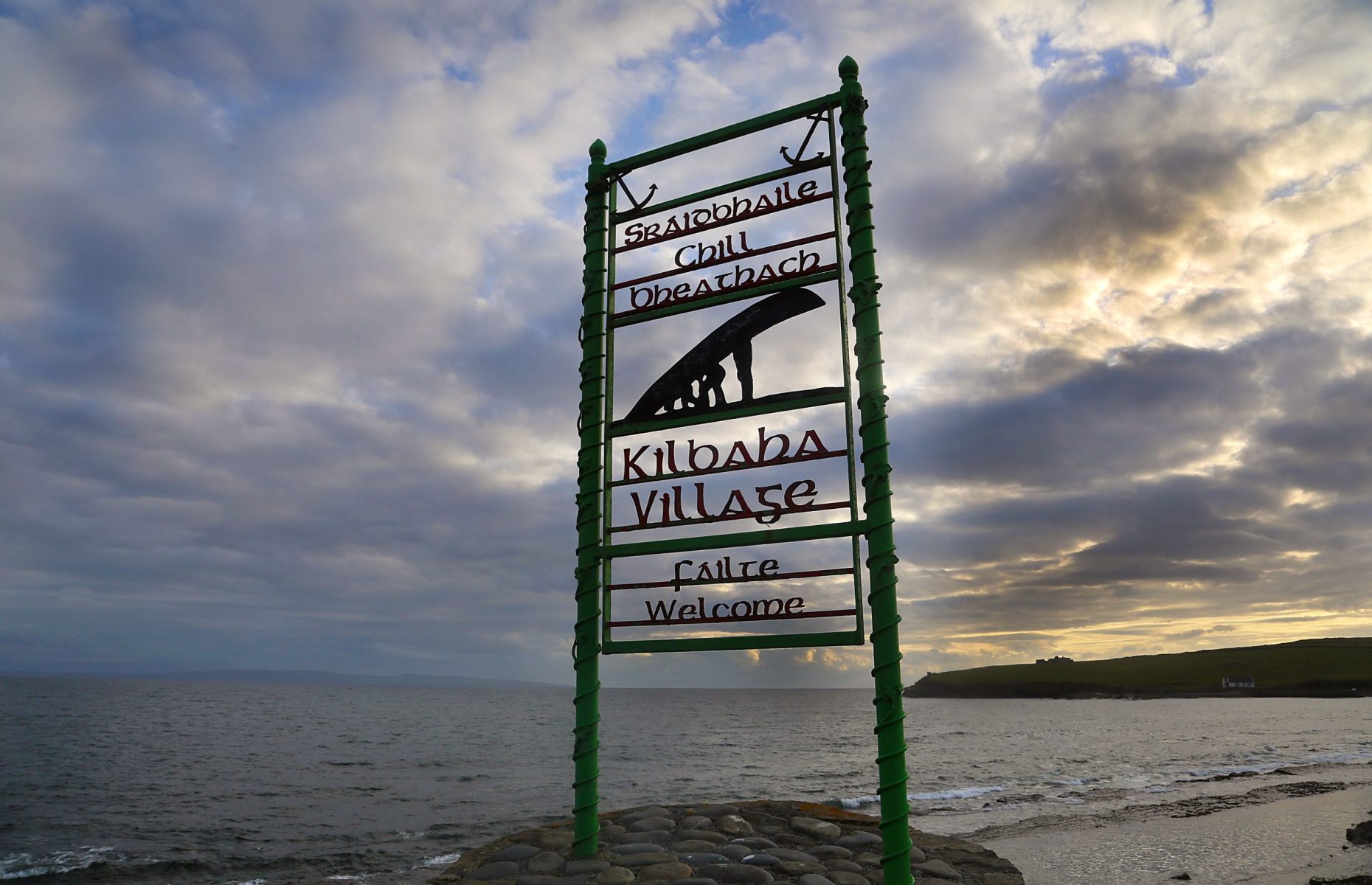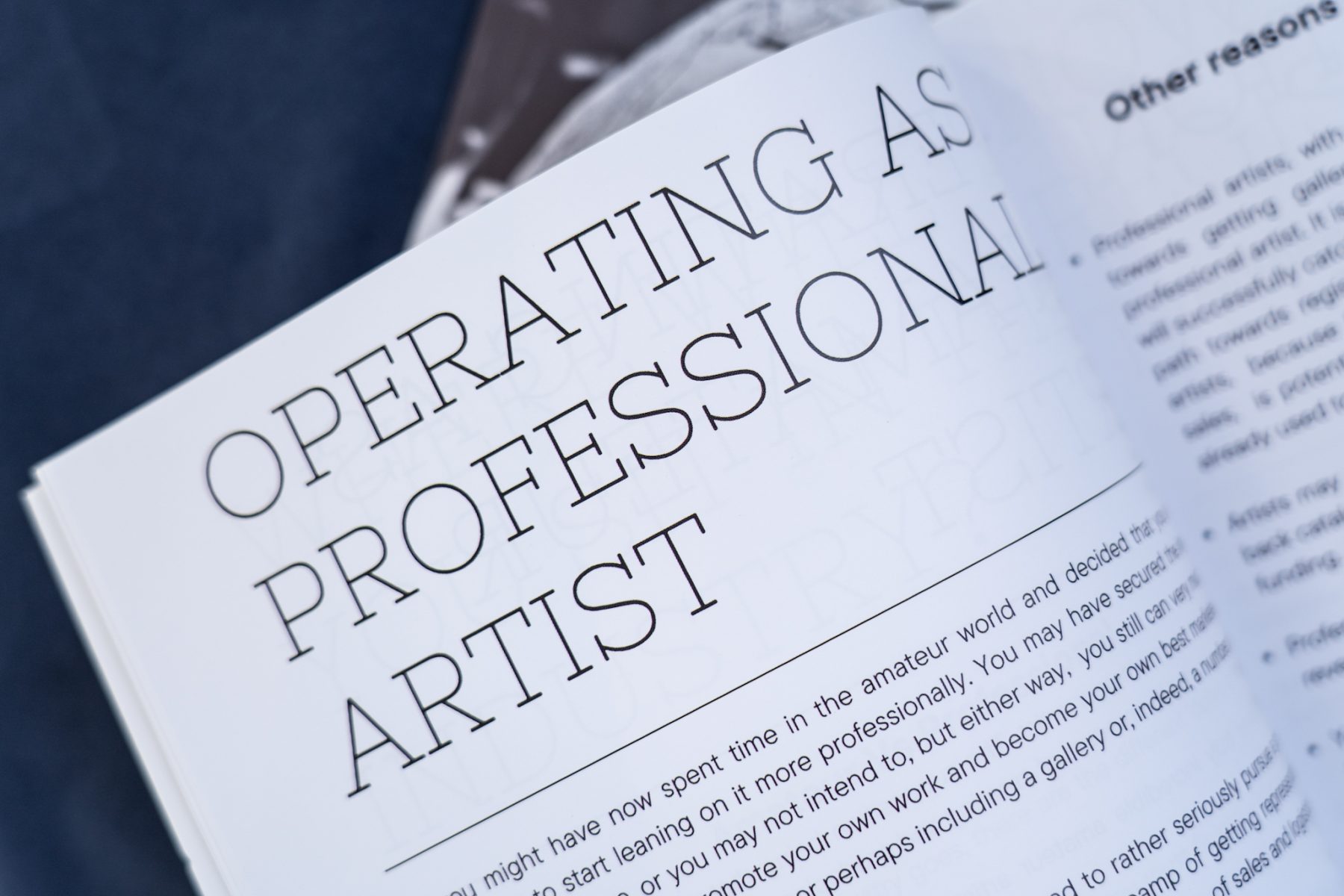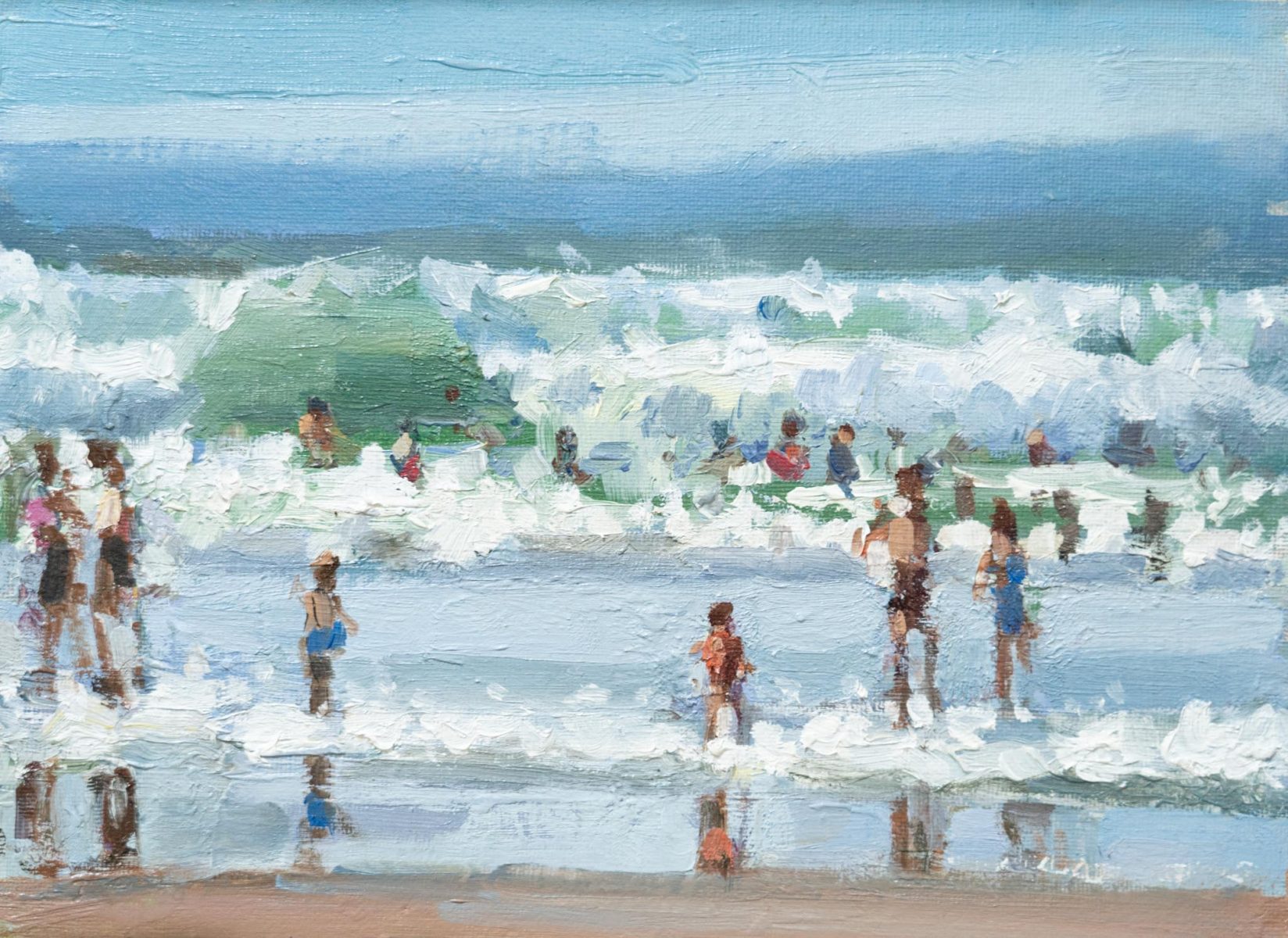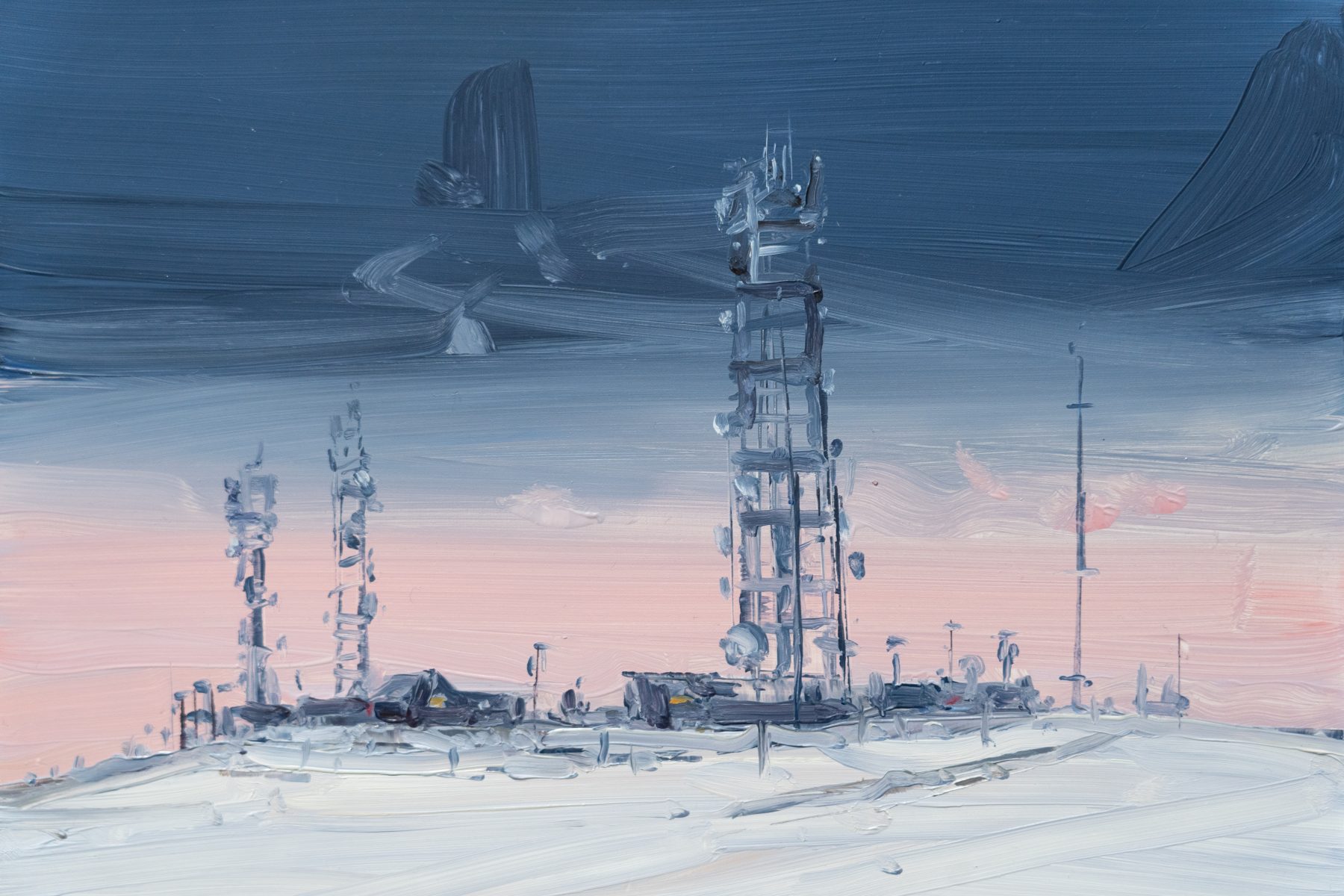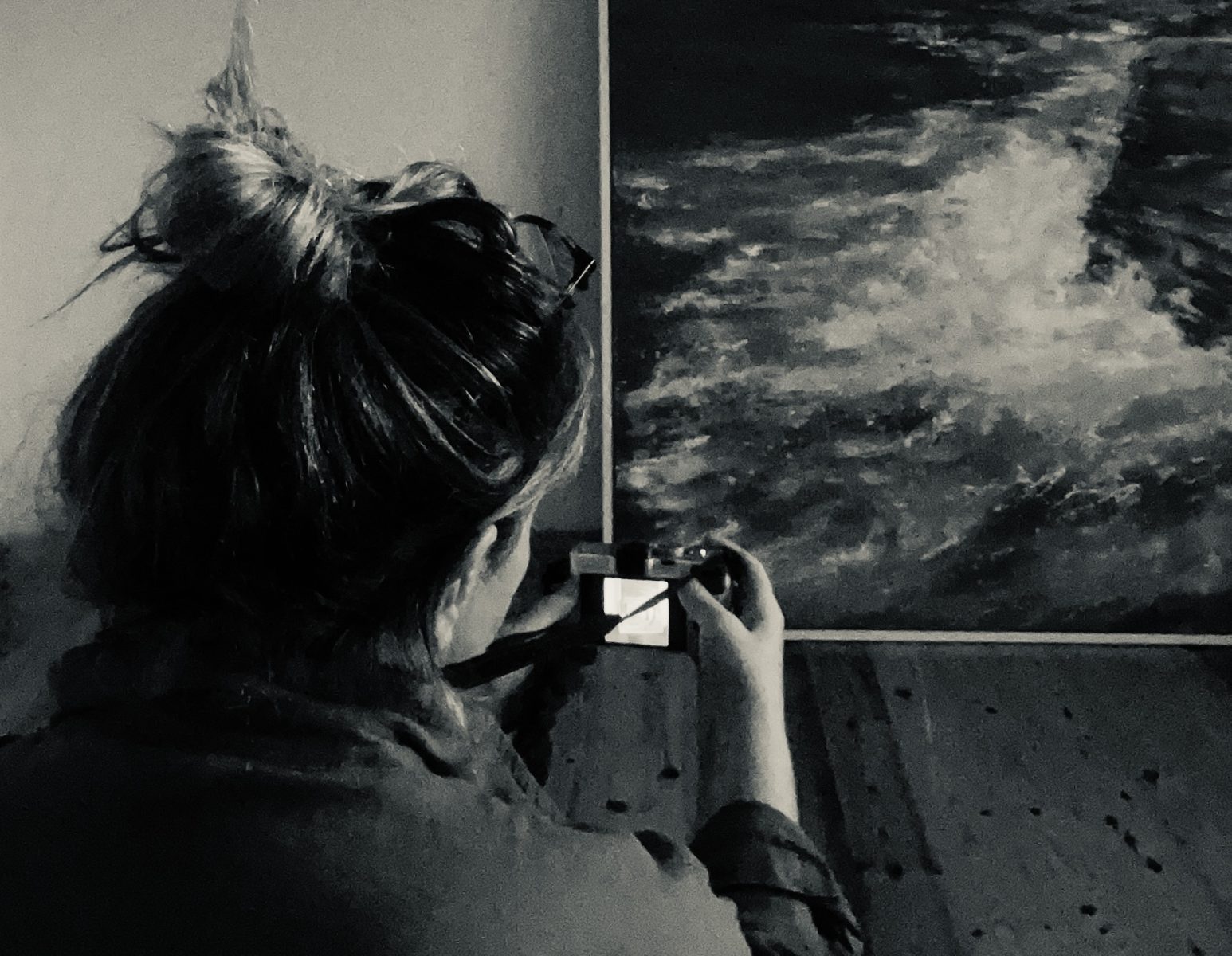Artists Interview: Vincent Killowry
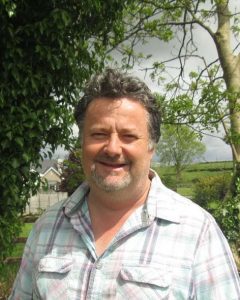 Vincent Killowry is a full time artist from Clare. Established as a leading painter of transport subjects along with landscape, equestrian and portraits, Vincent’s great reputation goes far and wide. Increased demand for his work saw Vincent move to painting as a full time career at the end of 2003 and he has had a constant waiting list for commissions ever since. His work now hangs in private and corporate collections in Ireland, U.K., U.S.A., Japan, Luxembourg, France, Spain & India.
Vincent Killowry is a full time artist from Clare. Established as a leading painter of transport subjects along with landscape, equestrian and portraits, Vincent’s great reputation goes far and wide. Increased demand for his work saw Vincent move to painting as a full time career at the end of 2003 and he has had a constant waiting list for commissions ever since. His work now hangs in private and corporate collections in Ireland, U.K., U.S.A., Japan, Luxembourg, France, Spain & India.
Vincent, where are you located and does your location influence your work?
I am located in County Clare. I live in a rural setting located between the village of Quin and Ennis town. I feel fortunate to be living close to some of Ireland’s most beautiful coastlines which has been a constant source of inspiration.
What most inspires you?
I am inspired by many things. In recent years many of my paintings have been inspired by my love of the sea and all things Maritime. From the dramatic rock formations of Doolin and Fanore to the cliffs of Kilkee and Moher. The constantly changing weather and light ignite in me a need to try to capture in paint the timeless beauty of this part of the world.
Is art a lifestyle choice for you would you say? Or has it chosen you …
Art has been a part of my life since I can remember. I have always enjoyed the basic process of mark making. From childhood I was encouraged to draw and make things with my hands and spent my younger years designing models and making them from any materials I could source. In many ways I think art must have chosen me rather than me choosing it but now, despite the many difficult challenges involved, I have chosen art as my career.
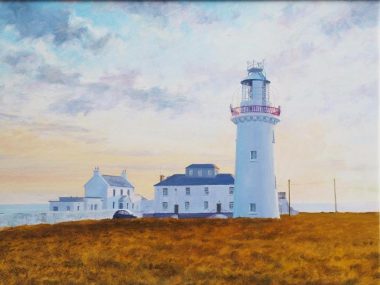 Has your style changed over the years?.
Has your style changed over the years?.
My style has evolved somewhat over the years. When I was younger I spent a considerable amount of time indulging in my interest in aviation. Drawing and painting aircraft honed my skills in capturing different surface textures and effects such as Polished metal, fabric stretched taught over the frame of vintage wings, The effect of translucency and transparency when light passes through fabric or glass. Detail was painted and drawn faithfully until I was achieving photo realism.
As time moved on I became aware that more expressive brush work and lighting effects combined with strong composition is what challenges the artist to ‘tell the story’ in the artwork. The sense of atmosphere and life have become the driving force with the subject taking a close second place.
Is there, would you say, one key element in creating a good composition?
A well thought out design.
Do you have particular tools or brushes etc that you prefer to use?
My two most used brush types are filberts and riggers. I like to ‘block in’ the whole canvas quickly with large hog bristle filberts because they are a good compromise between the characteristics of a flat and a round brush shape. For detail I tend to use a sable rigger (along with sable flats and rounds). The rigger holds a lot of paint and you can achieve a lot of detail application with one paint load.
You sometimes go between using oils and acrylics – which do you prefer and why interchange? Are either of them more challenging that the other?
I have never preferred one medium over the other. I try to use the medium and painting surface that best suits the situation at any one time. I teach painting at my studio and I like to keep my skills fresh so I alternate between oils, acrylics, gouache, watercolours, charcoal, etc. As part of my work I produce paintings and designs for various publications ranging from book illustration to postage stamp artwork. This type of work is usually under tight time constraints so I use fast drying water based media, mainly acrylic or gouache. When painting in the summer and not to a time constraint I enjoy the slower drying oils. If I am life drawing I lean towards graphite and pastels for instant results because I am conscious of the model being only able to hold a pose for short periods of time.
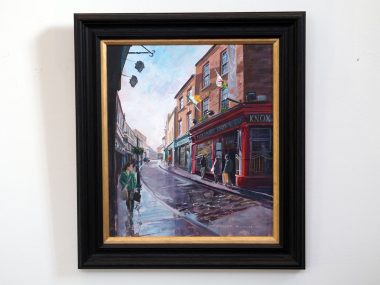 What would you say is the most rewarding and most challenging thing about being an artist?
What would you say is the most rewarding and most challenging thing about being an artist?
The most rewarding part of being an artist is that I get to do what I enjoy doing most days, i.e. painting, teaching, frame making, etc. I have also had the privilege of meeting and working with some very interesting people over the years.
There are many challenging aspects to choosing art as a career. Apart from the artwork there is the day to day running of the business, dealing with clients, ordering supplies, book keeping, managing cash flow, space and time management, etc. Anybody who is self-employed will encounter these all-consuming challenges.
Vincent teaches painting in his studio in Doora, afternoons and evenings and also runs one day workshops during the summer months when time allows. Any enquiries can be directed to Vincent at info@killowryart.com
Much of Vincent’s work can be purchased through ourselves here at KilbahaGallery.com – follow this link to view his work.

